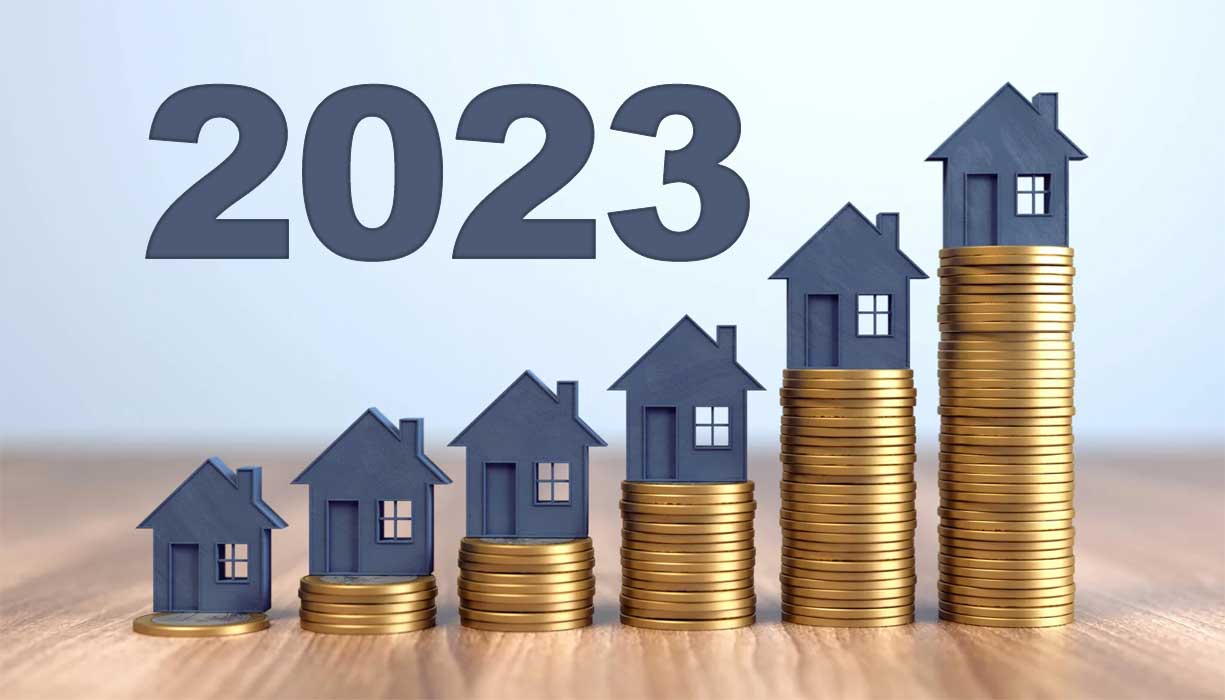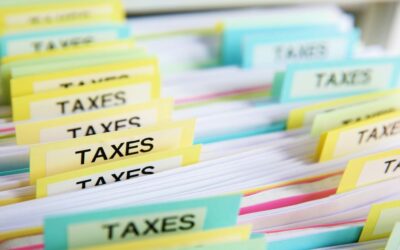In this article:

As we bring an end to the year 2023, we wanted to take a look at the key trends that have shaped the Australian property market. The property market is a crucial aspect of any economy, and its performance can have a significant impact on various industries and individuals.
CoreLogic has released its “Best of the Best” report for 2023, which is essentially the “Spotify wrapped” of Australia’s property market.
They’ve identified the top-performing suburbs and regions for house prices and returns, whilst giving insight on how Australia’s property market will shape up in 2024.
Let’s take a look at some of the results.
TLDR – Too Long Don’t Read
CoreLogic summarised the property market’s performance by saying, “2023 was a test of resilience for housing values and financial stability more broadly. The performance of the housing market has been stress tested under the pressure of climbing interest rates, stretched affordability and the transition of many mortgage holders from low fixed rates, to high variable-rate loans. Home values were not only resilient under these conditions, but reached new record highs.”
Record highs in house prices in 2023
CoreLogic revealed the “unlikely” numbers behind Australia’s property market upswing as interest rates soared upwards.
“Housing values made a full recovery through 2023, following a short, sharp decline of -7.5% between May 2022 and January this year. Nationally, home values rose 8.3% from the trough in January, and increased 7.0% in the year to November. This was the equivalent of an annual uplift in the median home value of $49,583, to $753,564,” said CoreLogic’s report.
“Staggering levels of migration” puts pressure on property prices
Record levels in Australia’s overseas migration has seen both rental and property markets tested, with home buyers having to fork out more to purchase their home, and Australia’s rental market having record low-levels of stock. Simultaneously, rents have largely increased across the board. CoreLogic reported:
“2023 was marked by staggering levels of net overseas migration. ABS figures to March 2023 showed net overseas migration to Australia reached a record 454,000, driven by a reduction in departures and a surge in arrivals. This trend has largely been influenced by the disruption that COVID-related border closures had on migration patterns (for example, a drop off in departures in 2023 ties back to a sharp drop in arrivals of international students through the pandemic). While this likely added some upwards pressure to home values, the most obvious response in housing metrics was in the rental market. Since the re-opening of international borders, strong rent growth was exhibited in markets with historically high exposure to overseas migration.
Unexpected recovery to home values
2023 saw a further 1.25% increase to the official cash rate, as the RBA continued its aggressive rate hiking regime 5 times this year.
Many would have expected prices to fall during a period where rates increased and servicing a loan became more expensive. According to CoreLogic however, house values “made a full recovery in 2023”.
Let us explain: in 2022, as rates began to rise for the first time since the cash rate reached its historical low of 0.1%, house prices had a sharp decline in values. Nationally it was a fall of -7.5% between May 2022 and January 2023.
In 2023, national home values, “rose 8.3% from the trough in January, and increased 7.0% in the year to November. This was the equivalent of an annual uplift in the median home value of $49,583, to $753,564.”
“Since the rate hiking cycle began, the average Australian is estimated to have seen a 30% drop in borrowing capacity. Yet home values are up 0.2% since before the start of rate hikes, and average home loan sizes reported by the ABS only dropped -5.6% between April 2022, and where they bottomed out in March this year. As of October, the average home loan size reported by the ABS was only -0.1% below where it was in April 2022.”
Essentially, a fairly large percentage of the demand for housing in 2023, or a large number of home buyers were not relying on taking out large home loans.
So where is the best of the best?
To see the top results of Australia’s property market in capital cities and regional suburbs click the button below.



